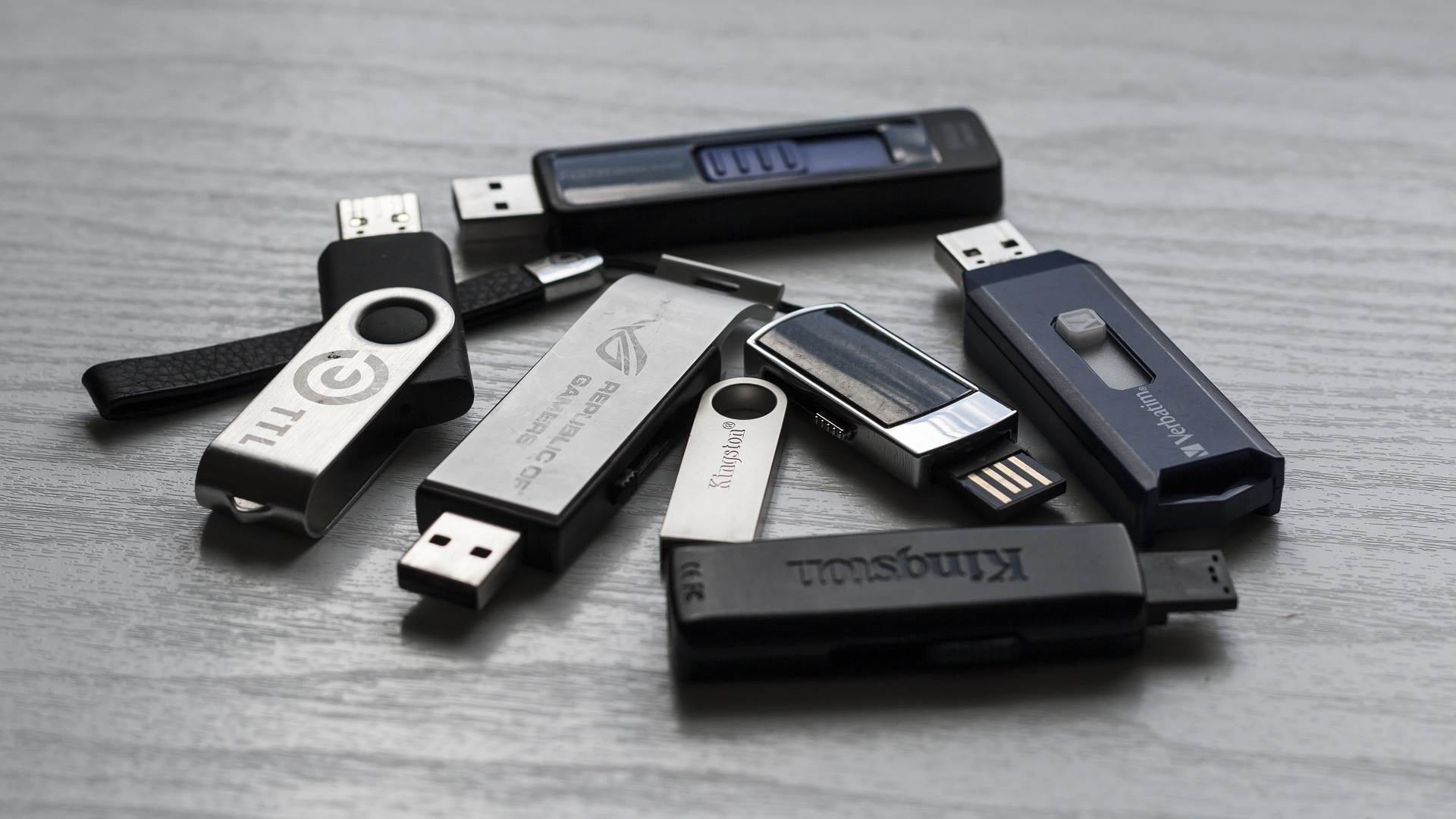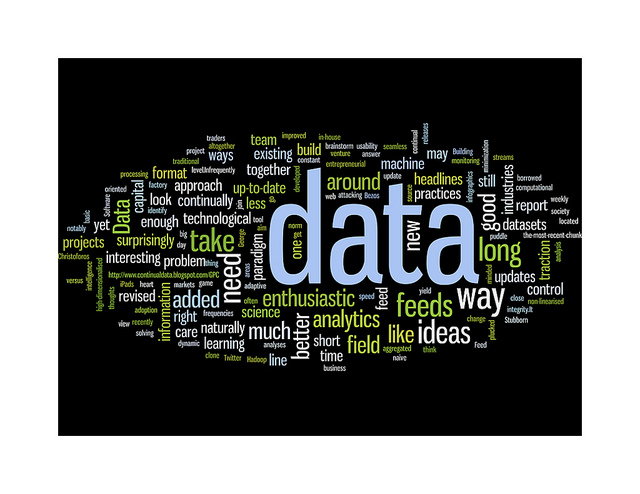 In the fast-paced digital landscape, businesses are constantly navigating the evolving realm of security threats. The rise of cyber risks necessitates a proactive approach to safeguard sensitive data, financial assets, and operational continuity. As we delve into the steps to fortify your business against digital threats, we’ll explore not only the practical aspects but also the cultural shift required to build a robust defense system.
In the fast-paced digital landscape, businesses are constantly navigating the evolving realm of security threats. The rise of cyber risks necessitates a proactive approach to safeguard sensitive data, financial assets, and operational continuity. As we delve into the steps to fortify your business against digital threats, we’ll explore not only the practical aspects but also the cultural shift required to build a robust defense system.
Understanding the Digital Threat Landscape
Digital security threats present companies of all sizes and industries with serious threats. Breaches such as data leakage, ransomware attacks, and phishing attempts pose real threats that can result in significant financial losses, legal liabilities, and diminished customer confidence if left unaddressed. To stay one step ahead of these dangers, businesses must implement comprehensive physical and digital security strategies in their defense plan.
Establishing a Culture of Cybersecurity
The foundation of any robust security framework lies in cultivating a culture of cybersecurity within your organization. This involves fostering an environment where every employee understands the importance of security and actively participates in safeguarding digital assets. Regular training sessions become a cornerstone, educating employees on recognizing potential threats, such as phishing emails, and imparting best practices for a secure work environment.
A crucial component of this culture is the implementation of strong password policies. By ensuring employees use complex passwords regularly and change them as required, businesses can significantly reduce the risk of unauthorized access through brute-force attacks. Encouraging employees to report suspicious activities and implementing a clear reporting system adds another layer of defense against potential threats.
Integrating Modern Security Technologies
In the realm of business security, technology plays a pivotal role. One of the innovative solutions gaining prominence is the use of electronic keyless locks. These locks offer enhanced physical security and access control, eliminating the need for traditional keys. With personalized codes or credentials, authorized personnel can gain access to specific areas within a facility, reducing the risk of unauthorized entry.
The seamless integration of electronic keyless locks with surveillance cameras, alarm systems, and centralized access control further strengthens security measures. Beyond the convenience of keyless entry, these locks mitigate the risk of lost or stolen keys, ensuring a more secure environment for a company’s valuable assets.
Practical Steps for Business Security
Implementing a cybersecurity culture and leveraging modern security technologies are crucial steps, but the devil is in the details. Implementing regular employee education sessions, creating strong password policies, and encouraging participation in security efforts are effective steps you can take to protect your business.
Multi-factor authentication adds another level of protection for your systems by requiring users to present multiple forms of identification before being allowed entry, making it more challenging for unauthorized individuals to gain entry and breach your systems.
Regular updates to software and systems are often overlooked but are integral to protecting against vulnerabilities. These updates, which include security patches, ensure your systems are fortified against the latest threats.
The Future of Business Security
Peering into the future, the landscape of business security is poised for transformation with the rapid evolution of technology. As we stand on the precipice of innovation, businesses find themselves at the nexus of groundbreaking advancements that promise to redefine the very fabric of security protocols.
At this juncture in technological development, artificial intelligence (AI)-powered analytics provide hope in protecting against cyber threats. AI could significantly transform how businesses detect and react to security breaches. By analyzing vast datasets at incredible speeds, AI algorithms can identify patterns indicative of potential threats, enabling proactive measures to thwart cyber-attacks before they unfold.
Internet of Things (IoT) technology further advances comprehensive security strategies. Through interconnectivity among devices and real-time data exchange, an effective network emerges that can enhance surveillance and threat detection capabilities. Now imagine that security systems seamlessly communicate among themselves to provide a holistic overview of potential vulnerabilities while permitting rapid responses by coordinated response teams – this would truly revolutionize security management practices.
Ending
Safeguarding your business in the digital age is a multifaceted endeavor that requires a combination of cultural shifts and technological innovations. The use of electronic keyless locks adds a crucial layer to physical security while fostering a cybersecurity culture that empowers employees to actively participate in the defense against digital threats. By continually assessing and improving security measures, businesses can navigate the digital landscape with confidence, knowing they are well-armed against potential risks








